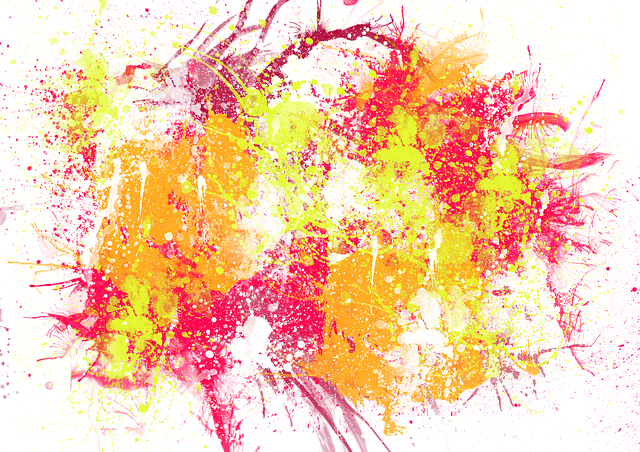
If you want to learn to draw, there is no amount of tips, tricks, or shortcuts that can make you an artist. To learn, you simply must draw. Nevertheless, artists will also find that there are a few essential principles to producing artwork, and will employ some or all of the following tips unconsciously. The following five quick tips can help you become a better artist as they become second nature to you.
1) Find solitude.
Drawing (and art in general) is a creative process; therefore your work will require more focus than passive activities like reading or cooking. Find a place to draw that you can be certain is free from distractions. Experts say it may take up to twenty minutes of concentration to enter a state of flow. Make sure your work area will not break your stream of concentration or flow. For some people, this may mean drowning out external noise with headphones and music. For others (especially musicians), there must be total silence.
2) Maintain a sense of direction.
Drawing is like driving a car. You must know where you are coming from, and where you are going. If you sit down to draw a picture and have no idea what you expect your final image to look like, it’s like building a house blindfolded without a plan. Sketch out a few ideas for the drawing you intend to create, and pick the one that you think is the most effective. This way, when you begin drawing your picture, you will be able to focus on proportioning your largest and most important shapes as you construct your image’s “skeleton.”
3) Keep a holistic view.
Not a single line, shade, or color should be applied to the drawing without taking the whole picture into account. New drawers may sometimes have trouble looking at the whole picture as they draw, and may focus too narrowly on only the area right around the pen or stylus. Focusing too narrowly on a single part of the image without keeping a holistic view could result in disproportionate figures, uneven shading, and uneven levels of detail.
4) Draw things you know how to draw.
This may sound obvious at first, but is actually not common knowledge among beginning drawers. When you were a child, someone probably taught you how to draw something very simple, like a bumble bee, or a dog face. You may remember drawing that same thing over and over again because it was fun to draw and you knew how to draw it. This is a universal principle of drawing. If you are drawing a hand, for example, and you’ve already drawn many hands, you won’t have to stop and think about what exactly a hand looks like, and how to curve its outline. If you find that you need to draw something that you’ve never drawn before, like, for example, a walnut, get out a scratch piece of paper and draw a walnut several times from a few different perspectives until you’ve figured out how to construct a walnut on paper, and then add the walnut to your drawing. Presumably, as you draw more pictures, you will learn how to draw more things and become a better and more efficient artist.
5) Be Fearless.
Your drawing will not be great unless you throw caution to the wind. This may mean adding a large object to the foreground and blocking out a part of the background; it may mean adding more shading to an object than you feel comfortable with. The power of the master drawer is to see the image in the mind’s eye and pursue it, rather than falling in love with what is already on the canvas. Don’t be afraid to “get a little crazy,” as Bob Ross would say.

